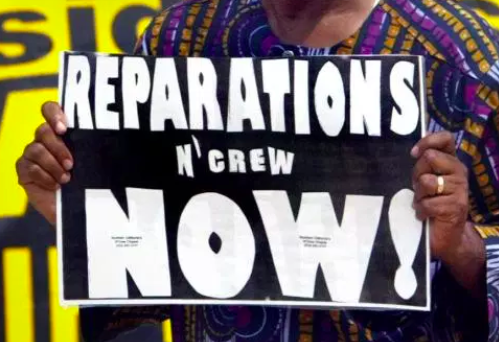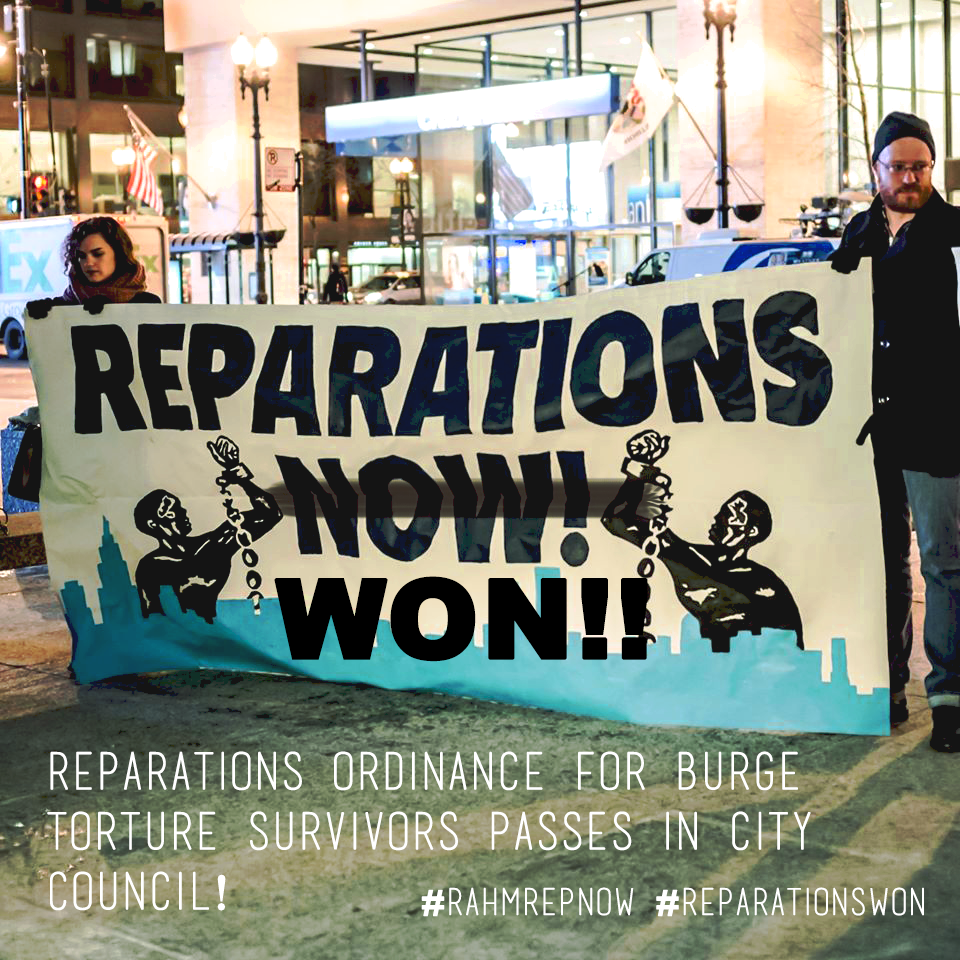

Partly as a consequence, research has tended to focus more on “harder” processes, like trials and truth commissions, than on the “stepchild of postconflict justice.” Yet, there have been significant developments in reparations theory and practice that motivate key outstanding questions for researchers.

Despite the power of reparations to shape transitions from violence to peace, they have been too often ignored in practice, leaving most victims of gross violations of human rights and serious violations of international humanitarian law without reparation. Reparations are also an inherently political project, transforming official visions of violence, responsibility, and victimization into material and psychological benefit. Reparations are among the most tangible, victim-centric, and personal of processes in the transition from violence to peace, symbolizing the recognition that an individual has been harmed and has rights in the eyes of the state or international community.


 0 kommentar(er)
0 kommentar(er)
